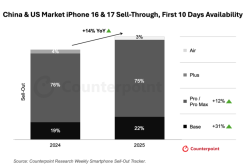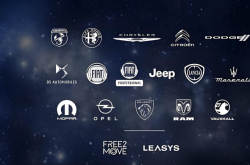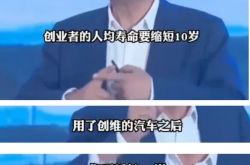From 'Wild Growth' to 'Regulated Development': The Intelligent Driving Industry Embraces Stringent Supervision
![]() 04/18 2025
04/18 2025
![]() 679
679
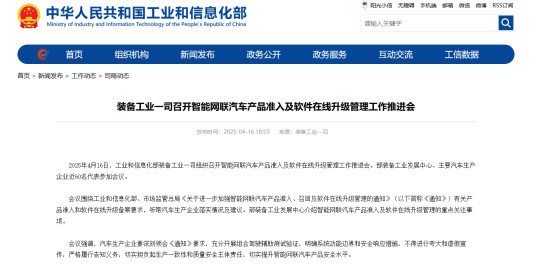
Author | Wang Lingfang
Editor | Zhang Lianyi
Following a series of malicious incidents related to intelligent driving in China, authorities have officially tightened their grip on the supervision of intelligent driving technology.
On April 16, the First Department of Equipment Industry of the Ministry of Industry and Information Technology (MIIT) organized a meeting to advance product access and software over-the-air (OTA) upgrade management for intelligent connected vehicles. The meeting clearly stipulated that all automakers must take primary responsibility for production consistency and quality safety, rigorously implementing the product access and software OTA upgrade filing system. Additionally, the meeting emphasized the need for automakers to regulate their marketing and promotional activities, strictly fulfilling their obligation to inform.
01
Emphasizing Primary Responsibility
The meeting minutes circulated online on the day revealed a comprehensive and stringent control over intelligent driving functions.
Firstly, the authorities stressed that automakers must conduct thorough verification during OTA updates and prohibit public testing. Whether it involves 1,000 or 10,000 individuals, the announcement process must be strictly adhered to. This measure aims to reduce the frequency of OTA updates by enterprises.
Secondly, Lane Centering Control (LCC) and Navigate on Autopilot (NOA) functions are mandated to pass collision avoidance tests.
Thirdly, it was proposed to explore technical means to prevent drivers from losing control during driving, such as utilizing face ID recognition technology to restrict driving assistance, seat adjustment, and reclining functions.
The "Notice" explicitly states that when applying for product access for intelligent connected vehicles, automakers must supplement technical parameters related to the additional combined driving assistance system and OTA upgrade information, integrating them into the product access and production consistency management of the MIIT and filing them with the State Administration for Market Regulation.
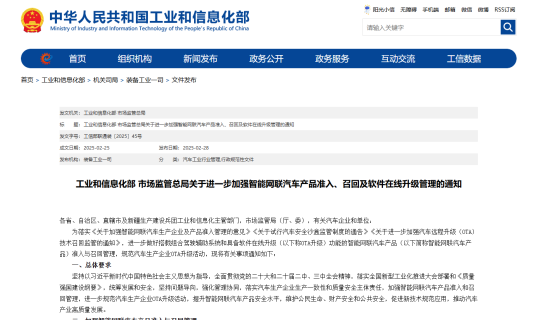
MIIT Announcement
During the product access application process, enterprises must supplement 40 key technical parameters, including but not limited to the sensing system (e.g., cameras, radars, lidars), electronic controllers (ECUs), boundaries of combined driving assistance functions, and human-computer interaction methods. Specifically, this entails clarifying the installation positions and performance parameters of cameras and radars; activation conditions of the combined driving assistance system, such as vehicle speed, weather conditions, road types, etc.; and the list of ECUs and software version information involved in OTA upgrades.
Regarding sandbox supervision, for vehicles equipped with L2-level systems, enterprises must submit an in-depth testing plan to the State Administration for Market Regulation in the early stages of mass production. This plan focuses on verifying safety performance in high-risk scenarios, such as system failures and boundary condition triggers. The testing period shall not exceed 24 months.
It is understood that the implementation of this policy has led to the postponement of OTA update plans for multiple automakers, including NIO's world model version of intelligent driving functions.
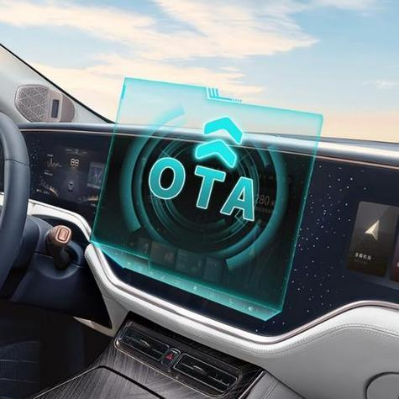
Furthermore, enterprises must promptly report incidents and accidents. When failures occur in the combined driving assistance system of intelligent connected vehicle products, leading to functional failures or other incidents, or when accidents such as collisions happen in vehicles equipped with the system, automakers should report them immediately. The "Notice" stipulates that enterprises should report accident information immediately and submit an accident report within 48 hours after the accident. If the accident results in casualties or has significant social impact, accident information must be submitted within 24 hours.
In terms of incident reporting, it encompasses descriptions of safety-related driving behaviors and situations that arise during the use of the combined driving assistance system in intelligent connected vehicle products. Enterprises need to submit quarterly and annual reports, along with other reports related to product safety assessments.
The MIIT will strengthen the analysis and research of incident and accident reports, while the State Administration for Market Regulation will jointly intensify in-depth investigations of accidents with relevant departments and enhance the access and recall management of intelligent connected vehicle products.
02
Regulating Marketing and Promotion
The April 16 meeting also placed emphasis on the standardization of promotional activities.
1. Terms such as "takeover," "intelligent driving," "autonomous," and "high-level intelligent driving" are prohibited at the L2 level. It is recommended that enterprises use the term "combined assisted driving."
2. The use of valet parking, one-click summon, remote control, and other driver-out-of-vehicle assisted driving functions is banned.
3. Expressions like "hands-off" and "eyes-off" are discouraged. Instead, use "driver motion disengagement" and "visual disengagement."
4. Strive to use the full Chinese name. When an English term is first used, provide the full name.

Meeting Minutes Circulating Online
Since the beginning of this year, the call for "equal rights in intelligent driving" has intensified. Some assisted driving functions have been incorporated into products priced at 100,000 yuan, pushing intelligent driving products towards a more mainstream market. However, intelligent driving technology remains immature and poses significant safety hazards.
As stated by Zhang Jinhua, President of the China Society of Automotive Engineers and Executive Director of the National Intelligent and Connected Vehicle Innovation Center, current indoor combined driving assistance products are still in the stage of technical improvement, with various capabilities not yet fully mature. There is still a gap between functional applications being usable and easy to use. For instance, neither "visual perception" nor "fusion perception" possesses all-weather perception capabilities, particularly under conditions such as dim light, backlight, reflection, light and shadow changes, rain and snow, and haze. Perception capabilities still need enhancement. Additionally, due to the inexhaustibility and unpredictability of natural scenes, advanced technologies like end-to-end large models have not yet fully comprehended all driving scenarios.
Zhang Jinhua pointed out that many domestic automakers have introduced misleading concepts such as "L2+" and "L2++" or demonstrated irregular operations like "hands-off" and "eyes-off" to consumers during test drives, which can easily lead consumers to overly rely on the combined driving assistance system. Key information regarding system functionality, performance limitations, driver responsibilities, and status requirements is not clearly communicated during sales and user usage, which can lead users to overestimate the product's capabilities, thereby posing safety hazards.
Fu Bingfeng, Executive Vice President and Secretary-General of the China Association of Automobile Manufacturers, subsequently issued a document emphasizing the need to enhance user awareness. Enterprises should establish a systematic user education mechanism across delivery, use, and maintenance, clearly conveying the basic capabilities and scope of application of the system, driver responsibilities during use, operation norms and takeover requirements, emergency handling methods, and system limitations to users through various forms such as on-board manuals, in-vehicle terminal prompts, mobile apps, video demonstrations, and delivery training. At the same time, it is recommended to provide differentiated cognitive guidance schemes for different user groups (e.g., first-time car buyers, elderly drivers), truly emphasizing both "technology popularization + cognition popularization" to solidify the first line of defense for driving safety.
The issuance of the "Notice" and the convening of this meeting signify the entry of China's intelligent connected vehicle industry into an era of stringent supervision. In the short term, enterprises may face challenges such as increased compliance costs, but in the long run, this will prompt enterprises to improve technological transparency, quality, and safety levels, enhancing consumer trust and accelerating the iteration of autonomous driving technology. The joint efforts of enterprises and regulatory authorities will propel the steady progress of the intelligent connected vehicle industry towards a safer, more reliable, and more efficient direction.


